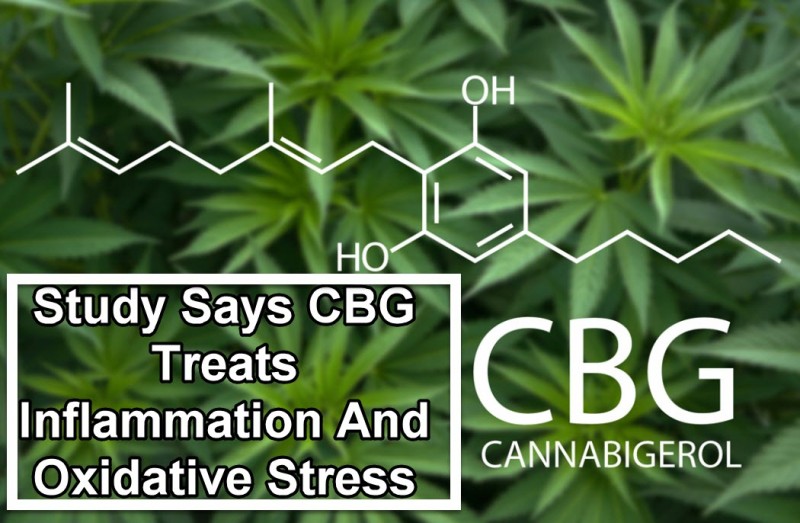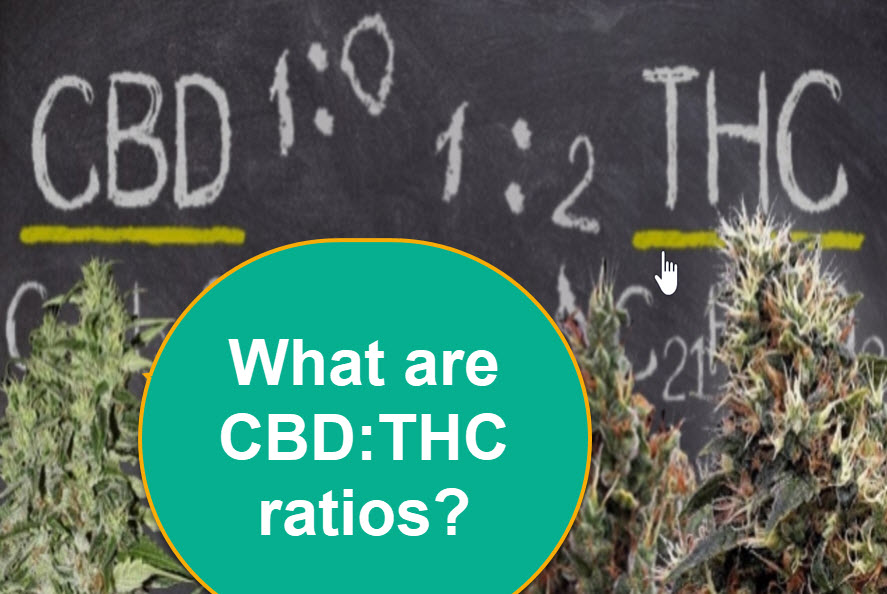Study Says CBG Treats Inflammation And Oxidative Stress
CBG Treats Oxidative Stress and Body Inflammation Says New Report from CannabisNet on Vimeo.
A new study published in the International Journal of Molecular Sciences says that cannabigerol (CBG), another valuable but lesser-known compound in cannabis, shows promise in preventing and treating neurodegeneration caused by neuroinflammation and oxidative stress.
“Inflammation and oxidative stress play main roles in neurodegeneration,” says the abstract. “Interestingly, different natural compounds may be able to exert neuroprotective actions against inflammation and oxidative stress, protecting from neuronal cell loss. Among these natural sources, Cannabis sativa represents a reservoir of compounds exerting beneficial properties, including cannabigerol (CBG), whose antioxidant properties have already been demonstrated in macrophages.”
Macrophages refer to the large phagocytic cell in either stationary form located in the tissues, or as a mobile white blood cell, usually found in sites of infection.
The researchers wanted to “evaluate the ability of CBG to protect motor neurons against the toxicity induced from the medium of LPS-stimulated RAW 264.7 macrophages.” The researchers used an MTT assay, a colorimetric assay used to assess cell metabolic activity in which they “observed that CBG pre-treatment was able to reduce the loss of cell viability induced by the medium of LPS-stimulated macrophages in NSC-34 cells,” as well as other positive observations.
The researchers concluded that, “All together, these results indicated the neuroprotective effects of CBG, that may be a potential treatment against neuroinflammation and oxidative stress.”
Other Benefits of CBG
There are numerous older studies that support this. For one, a study says that CBG offers neuroprotective benefits in patients with Huntington’s Disease. The researchers found that it was extremely beneficial in improving motor deficits and preserving striatal neurons in the brains of those with Huntington’s Disease. It was also shown to improve levels of antioxidant defenses while reducing proinflammatory markers. The study concludes: “…. Our results open new research avenues for the use of CBG, alone or in combination with other phytocannabinoids or therapies, for the treatment of neurodegenerative diseases such as HD.”
A study also reveals that CBG ahs the potential to fight off cancer. It was discovered that CBG helps do this by blocking the receptors that trigger cancer cell growth particularly among animal subjects with colorectal cancer. CBG was also seen to have inhibited tumors as well as chemically-induced colon carcinogenesis.
In a 2017 study, scientists discovered that a purified form of CBG, without the delta-9 THC, was very powerful in treating appetite loss among animal subjects. This is important because it holds promise in offering a non-psychoactive alternative to patients suffering from appetite loss caused by certain conditions including HIV/AIDS, cachexia, cancer, and even eating disorders.
How CBG Is Produced
CBG is one of the hundreds of other valuable compounds in cannabis, whose benefits are only being discovered recently. Although it doesn’t produce the psychoactive effects of tetrahydrocannabinol (THC) nor is it as widely studied as cannabidiol (CBD), CBG still has numerous valuable benefits despite being a minor cannabinoid.
But THC and CBD are actually the chemical parents of CBG. The cannabis plants produce cannabigerolic acid (CBGA), which is the precursor of the three primary cannabinoid lines known in biochemistry: THCA, CBDA, and CBCA.
Certain enzymes in cannabis metabolize CBGA and break it down, which then redirects it to one of those three lines. When the acids are exposed to heat or ultraviolet light, they then become the cannabinoids that we are more familiar with: THC and CBD. In most cannabis strains, CBGA is converted right away to either THCA or CBDA. As a result, the higher the THC content is in a plant, the less CBG and CBD it contains and vice versa.
For breeders to get higher levels of CBG in a plant, some genetic experimentation and manipulation is needed. It is possible to make a cannabis plant produce higher CBG levels by playing around with the optimum extraction time, which is around 6 weeks into a strain with an 8-week flowering cycle. A Dutch company called BV Medicinal Cannabis has successfully been able to do this with a strain named Bediol.
So far, the studies’ findings on CBG have been exciting for scientists because it has the potential to treat a wide range of conditions without getting patients high. It may also have the ability to treat pain and depression, and even more applications as research on CBG increases and conclude its ability to be used as medicine alone or with other forms of treatment.
CBG Treats Oxidative Stress and Body Inflammation Says New Report from CannabisNet on Vimeo.
OTHER STORIES YOU MAY ENJOY...
WHAT IS CBG IN THE CANNABIS PLANT? CLICK HERE.
OR...
CBD THC RATIOS, WHAT ARE THEY? CLICK HERE.
OR..
REDUCING STRESS WITH A CANNABIS RESET, CLICK HERE.









